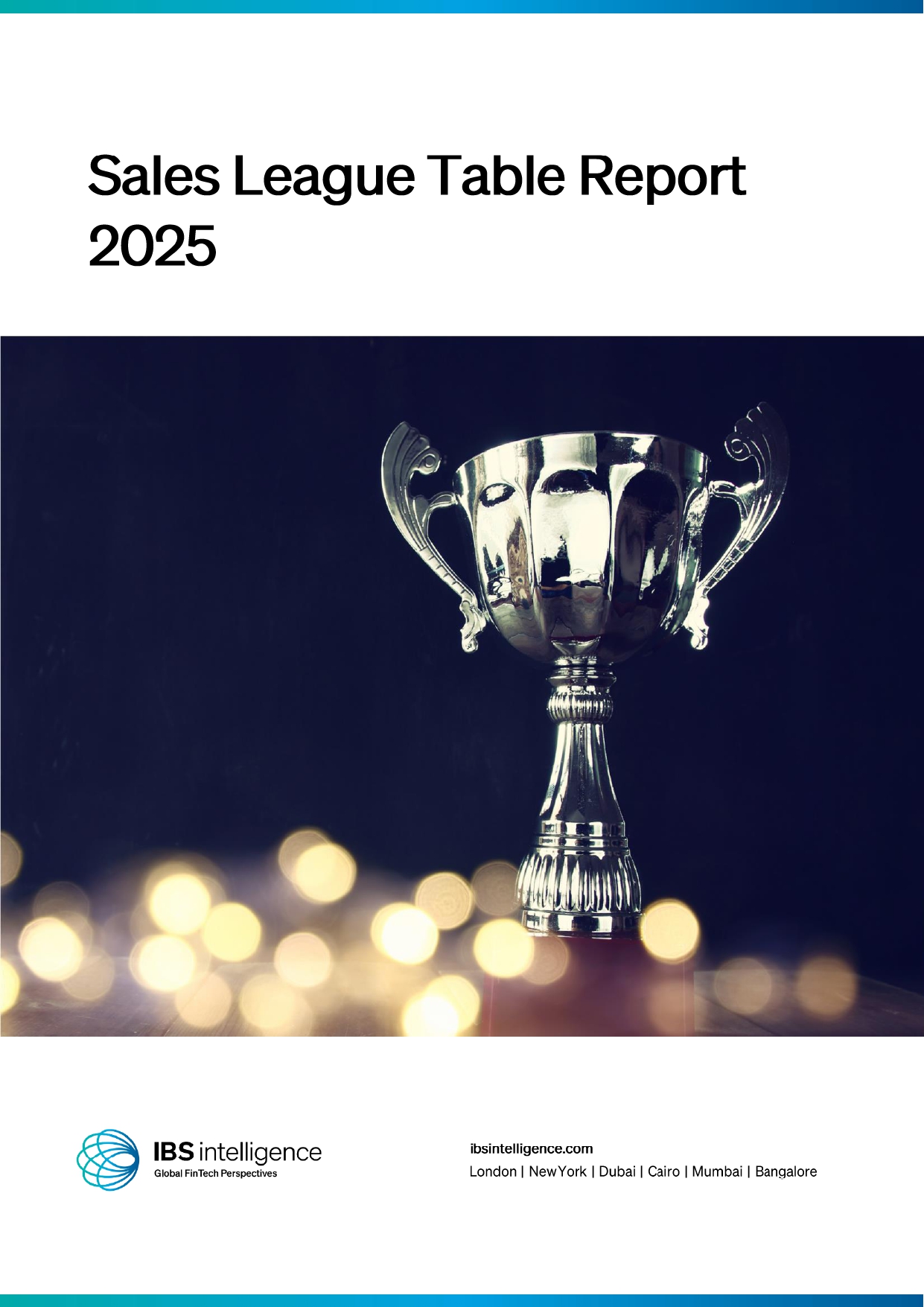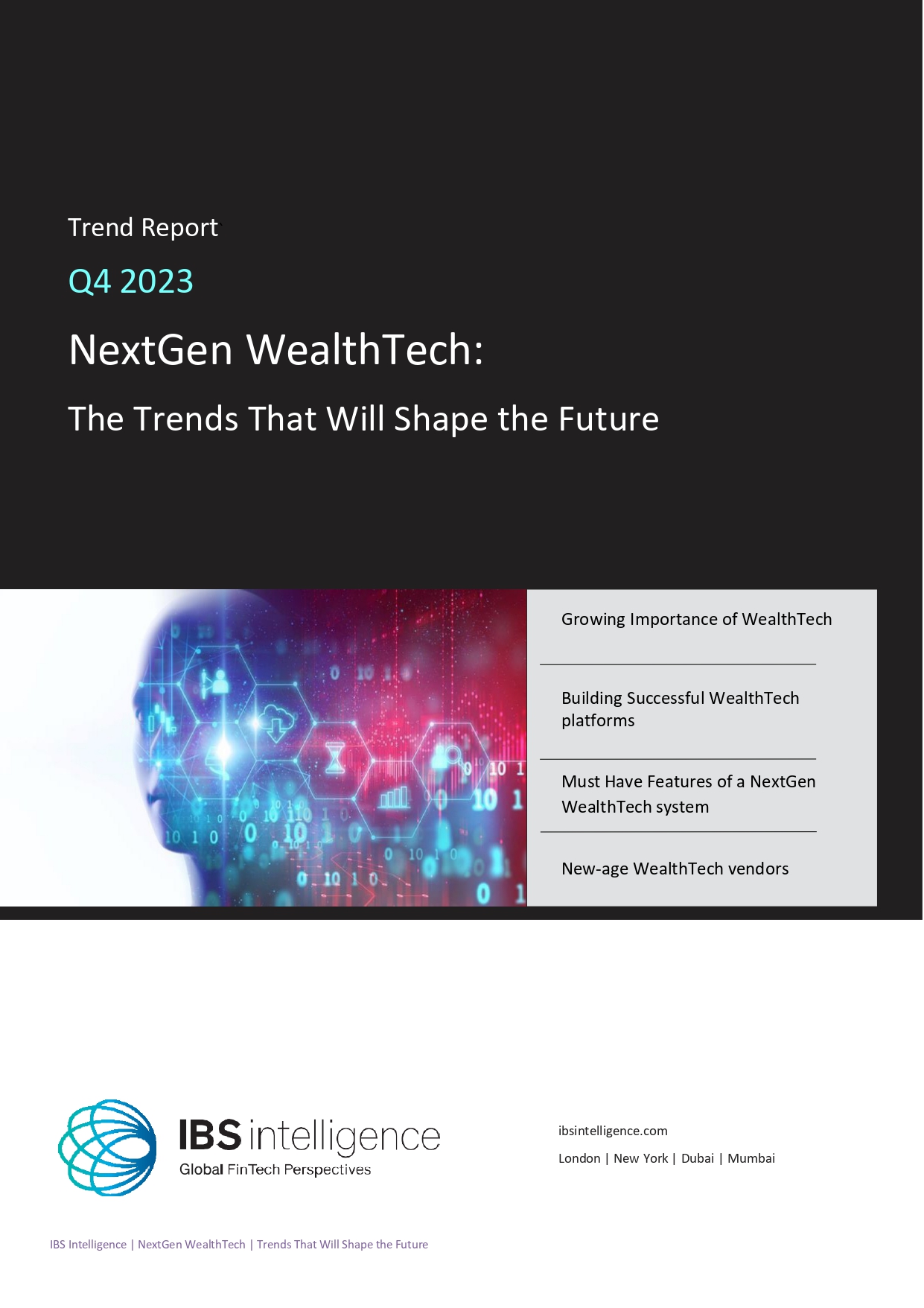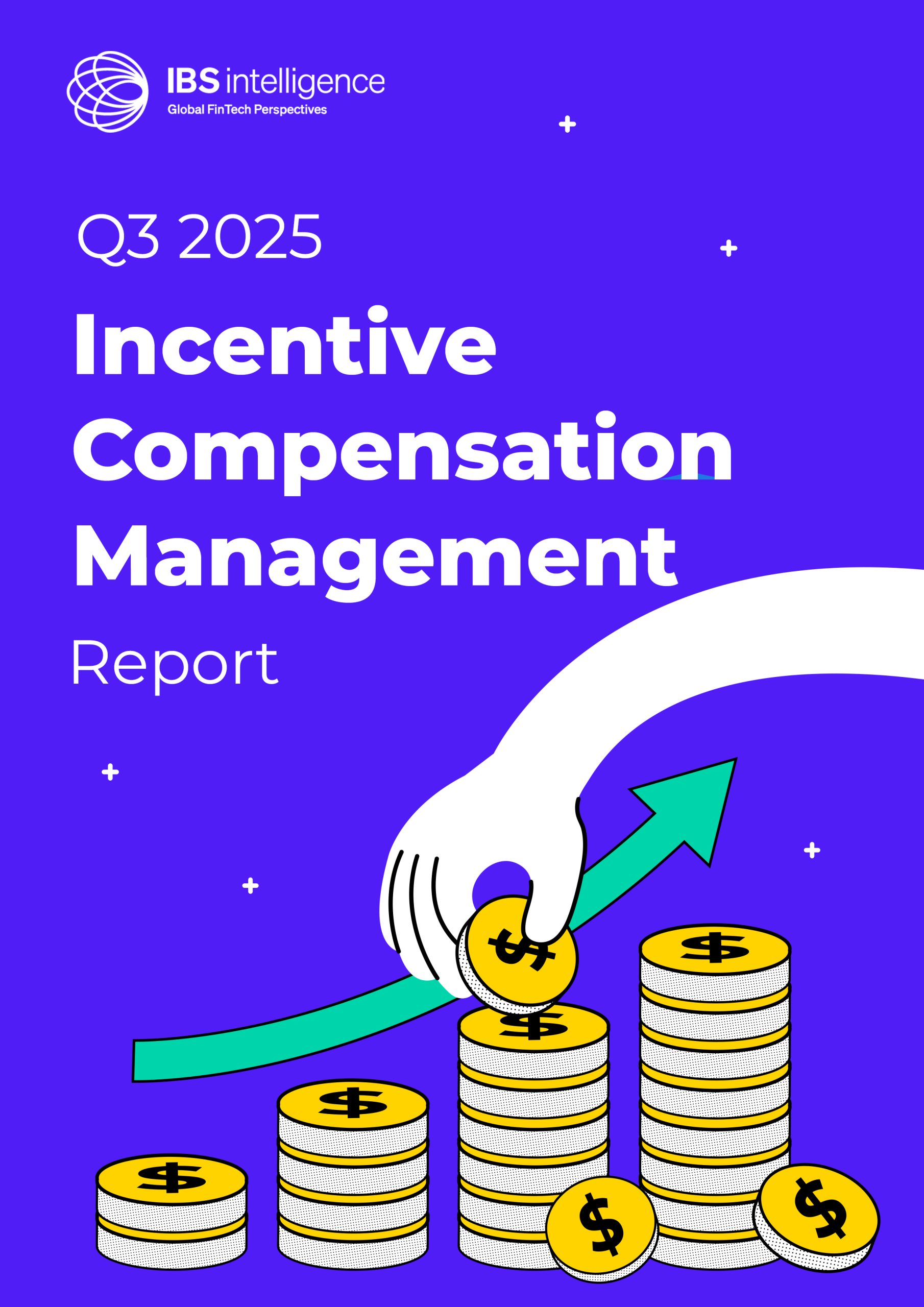 Back
Back
The Future of Trust in Insurance: Why Data Verification Is the New Risk Shield

By Sidhant Malhotra, Head of Insurance Propositions, IDfy
Fraud has always been a stubborn cost in insurance. As reported by TOI, industry estimates suggest that nearly 10 to 15% of total insurance claims in India are fraudulent, across both life and general portfolios. The intent behind insurance is noble: to support people in moments of vulnerability. Yet when fraudsters enter this funnel, they not only drain capital but also erode trust. Genuine customers face higher rejection rates, more scrutiny, and slower settlements. In effect, fraud becomes a tax on the honest.
To prevent this, insurers must ensure that risk is filtered out long before a claim is filed. The future of trust depends on how well the industry verifies the data it receives at the very first touchpoint. Onboarding is no longer a formality. It is the frontline of defence.
Verification is not new. Insurers have always checked documents and validated information. What has changed is the sophistication of fraud. With AI-driven manipulation, synthetic identities, and new digital crimes, fraudsters are evolving faster than legacy processes can respond. The only effective shield now is a multi-dimensional understanding of risk, built on data verification that is well-connected.
The industry often talks about a lack of data, but the real challenge is not scarcity. It is fragmentation. Insurers have enough information flowing in; what they lack is the ability to connect it meaningfully.
A true risk shield begins with verifying the fundamentals correctly. Take KYC. Traditional checks confirm whether an identity document is genuine. But today, insurers must also detect deepfakes, test for liveness, validate OCR-extracted data, and ensure that the person onboarding is indeed who they claim to be. AML and PEP screening becomes essential as well, allowing insurers to identify political exposure and sanction-linked risk before a policy is issued.
Pre-issuance verification calls offer an early view into customer intent, agent, and some health markers. Across over a million PIVCs we reviewed, about 1% indicated potential mis-selling, often because customers were unclear about what they were buying due to sales pressure. It is not a pure data-verification step, but it remains a crucial trust layer that catches misrepresentation before a policy is issued.
Address verification offers another example of how basic data can be decoded better. Traditionally, an address is seen as a hygiene step. But when validated through geo-location intelligence, it becomes a proxy for affluence and risk exposure. Understanding the economic profile of a neighbourhood helps insurers calibrate premiums, identify lifestyle patterns, and plan more suitable products for a customer’s real context.
Bank statements, too, are underutilised. They are usually checked only to validate income, but they contain far richer signals. With LLM-powered transaction intelligence, insurers can identify high-risk behaviour such as frequent crypto investments or real-money gaming spends. They can also detect health-linked transactions that reveal lifestyle risks, offering a more accurate picture than self-disclosures alone.
Verification should not be limited to what customers submit. External intelligence now plays an equally important role. Consolidated legal data, for instance, can highlight patterns such as repeated rash-driving challans or ongoing financial disputes. These behavioural signals speak directly to risk and reliability. While working with leading general insurers, triangulated legal checks flagged five percent of personal vehicles and 12%of commercial vehicles as high-risk during underwriting. These were risks that would have otherwise entered the portfolio unnoticed.
The power of triangulation becomes clearer when applied to claims as well. In one investigation, a combined assessment of bank statements and external search data revealed that 8% of the hospitals involved were non-network facilities with a history of suspicious claims. This insight would have been invisible through single-source verification.
What these examples show is simple: verification is no longer about ticking boxes. It is about creating connected intelligence. A bank statement alone may reveal little, but coupled with geo-location and digital footprint, it becomes a behavioural fingerprint. A clean ID document is reassuring, but paired with AML, PEP, and liveness checks, it becomes a verified identity. A disclosed address is data, but an address understood in context becomes insight.
As fraud becomes more inventive, insurers need shields that evolve just as quickly. The answer lies in verifying customer-provided information and pairing it with trusted external datasets, then connecting all of it through triangulated intelligence. This layered approach does more than reduce NPAs. It builds trust. It ensures that honest customers move swiftly through the system, while bad actors are filtered out early.
The future of insurance trust will belong to those who recognise that data verification is not a workflow step. It is the new backbone of risk. It is how insurers protect their capital, preserve customer experience, and build a portfolio that is not just profitable, but fundamentally resilient.
Previous Article
November 20, 2025
1.2 Billion Bank Accounts and Still Financially Excluded: What Are We Missing?
Read MoreIBSi News
Get the IBSi FinTech Journal India Edition
- Insightful Financial Technology News Analysis
- Leadership Interviews from the Indian FinTech Ecosystem
- Expert Perspectives from the Executive Team
- Snapshots of Industry Deals, Events & Insights
- An India FinTech Case Study
- Monthly issues of the iconic global IBSi FinTech Journal
- Attend a webinar hosted by the magazine once during your subscription period
₹200 ₹99*/month
* Discounted Offer for a Limited Period on a 12-month Subscription
IBSi FinTech Journal

- Most trusted FinTech journal since 1991
- Digital monthly issue
- 60+ pages of research, analysis, interviews, opinions, and rankings
- Global coverage
Other Related Blogs
November 20, 2025
1.2 Billion Bank Accounts and Still Financially Excluded: What Are We Missing?
Read MoreNovember 03, 2025






